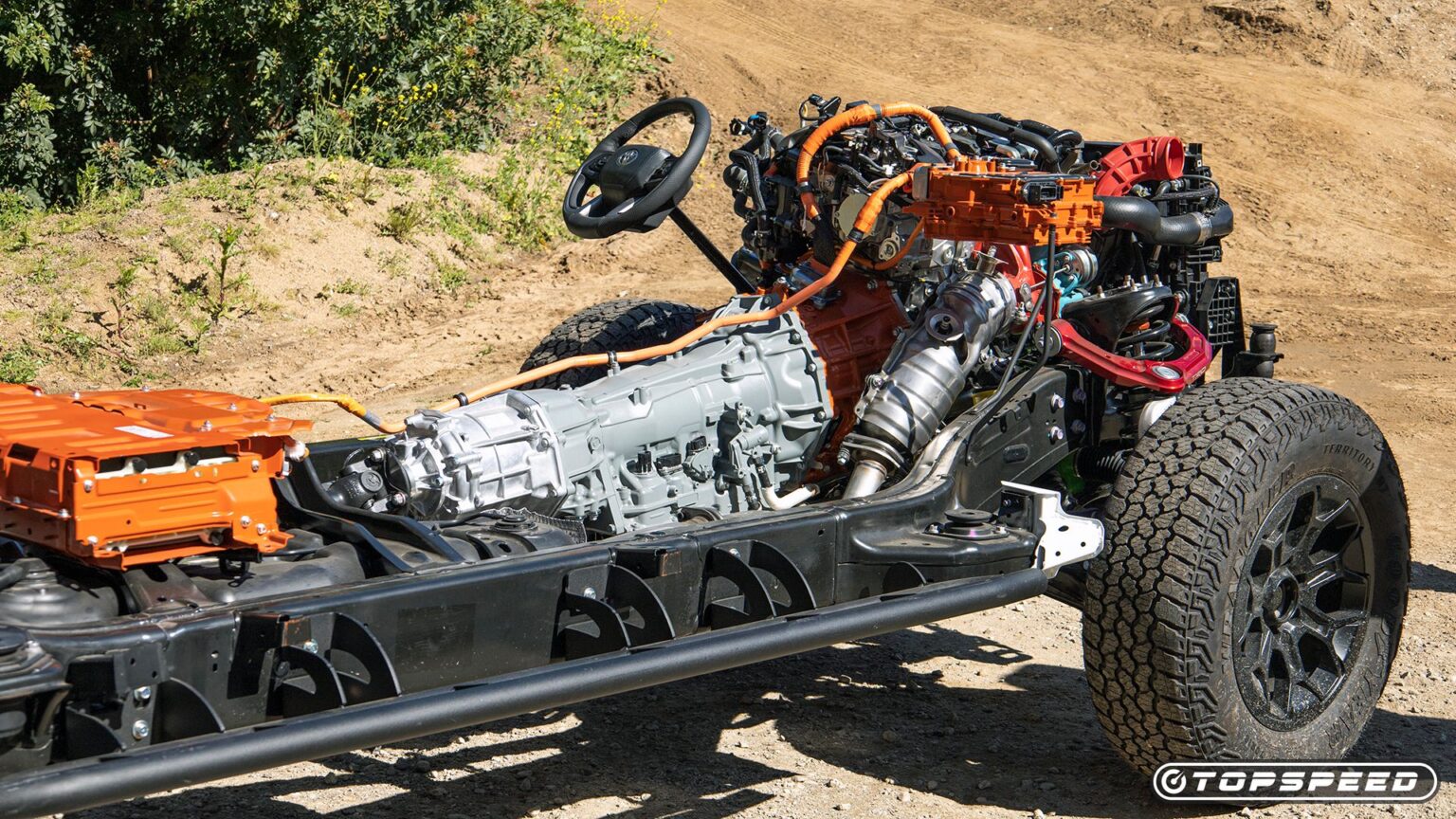It’s pretty much a given fact that the days of the internal combustion engine (ICE) are numbered. Eventually, the auto industry will need to free itself from the harmful tailpipe emissions that contribute to the excessive amounts of carbon dioxide in our atmosphere, which in turn have disastrous effects on the Earth’s climate. But before we get there, the automobile will undergo a wide range of transitionary steps. Sure, electric vehicles (EVs) represent one of the solutions to mitigating this, but the good old ICE still has a few tricks up its sleeve. It’ll remain relevant for a few more years.
The Different Shades Of Hybrid Technology
The idea of using electric motors to assist an internal combustion engine isn’t new. Way back in the early 1900s, Ferdinand Porsche exhibited the Lohner-Porsche concept at the Paris World Expo. The concept, then a large wagon, was equipped with wheel hub electric motors to assist its ICE powertrain. And later on, for its Mixte concept, Porsche downright showcased a gasoline engine that would act as a generator to recharge batteries. In essence, this was the first-ever range-extended hybrid.
Today, hybrid technology comes in many shapes and forms. In some instances, like in a Civic hybrid, a tiny electric motor is squeezed within the continuously variable transmission (CVT) to help the ICE consume less fuel. Such a system only allows the car to drive in full electric mode for a very short time and at very low speeds. Plug-in hybrids, or PHEVs, move the needle a step further by upgrading the battery’s capacity and granting it charging capabilities, like on an EV. This allows the car to drive in full electric mode for longer distances. Some PHEVs can cover up to 60 miles on a single charge. When the battery runs dry, the ICE takes over.
Range extenders, like the one Porsche suggested with the Mixte, and what Scout Motors will offer in its Traveler and Terra models, are another way to breathe new life into ICEs. Ram also suggests this in the 1500 Ramcharger full-size truck. The basic idea here is that the vehicle is, in essence, a full-on EV, but the internal combustion engine acts solely as a generator to recharge the battery. In other words, the ICE is never connected to the wheels and doesn’t move the car around.
Finally, there’s the 48-volt mild hybrid system, which is seen as the savior for all internal combustion engines as it’ll allow them to meet strict emissions regulations. See the mild hybrid system as a very powerful alternator in charge of powering the car’s accessories. This frees the engine from the stresses of having to run auxiliary equipment and increases its overall efficiency. Mild hybrid systems are also able to start/stop the gasoline engine for longer periods of time, and, in some instances, are powerful enough to get the car up and going from a stop, at which point the ICE takes over.
Gasoline Engines Have Never Been More Efficient, Nor More Powerful
While EVs are gaining traction and grabbing larger chunks of the market, they still haven’t managed to fulfill everyone’s needs and budgets. This is where hybrid technology plays a key role, as it can be scaled down to very affordable models like a Toyota Corolla. At the same time, as battery technology improves on the EV side, hybrids are also improving, both in efficiency and output. Essentially, what this means is that the good-old internal combustion engine has never been this fuel-efficient, nor powerful.
“I believe that the most cost-effective gains can be made by modifying the internal combustion engine’s operation through the use of electrification. Internal combustion engines do not have broad regions of high efficiency, so combining them with electric drives in hybrid electric vehicles is a great way to limit the use of the engine to operating regions with better efficiency.”
– Greg Davis, director of the advanced engine research laboratory at Kettering University in Flint, Michigan.
For instance, a Honda Civic Hybrid puts down the same horsepower and more torque than the sporty Civic Si model, allowing it to sprint from 0-60 MPH a bit faster, while considerably lowering its tailpipe emissions and increasing its MPG. Mercedes-AMG models utilize mild-hybrid technology as a way to electrically “supercharge” the engine, increasing performance without having to increase engine displacement. And, for the 1500 Ramcharger, Ram hopes its range extender will convince EV skeptics that they can in fact own an electric truck without having to deal with range anxiety. In a nutshell:
- The future of the automobile is electric.
- Hybrids play an important role in the industry’s transition towards EVs.
- As EVs improve, so will hybrids.
- There are several ways to integrate hybrid technology according to different applications.
Greg Davis, director of the advanced engine research laboratory at Kettering University in Flint, Michigan, told Automotive News that electrifying gasoline engines will also help carmakers manufacture smaller displacement units at lower costs. And as batteries become more affordable, production costs of hybrids will soon be on par with standard combustion engines. There’s still a lot of life left in ICEs, all thanks to the improvements in EV technology.
Read the full article here


